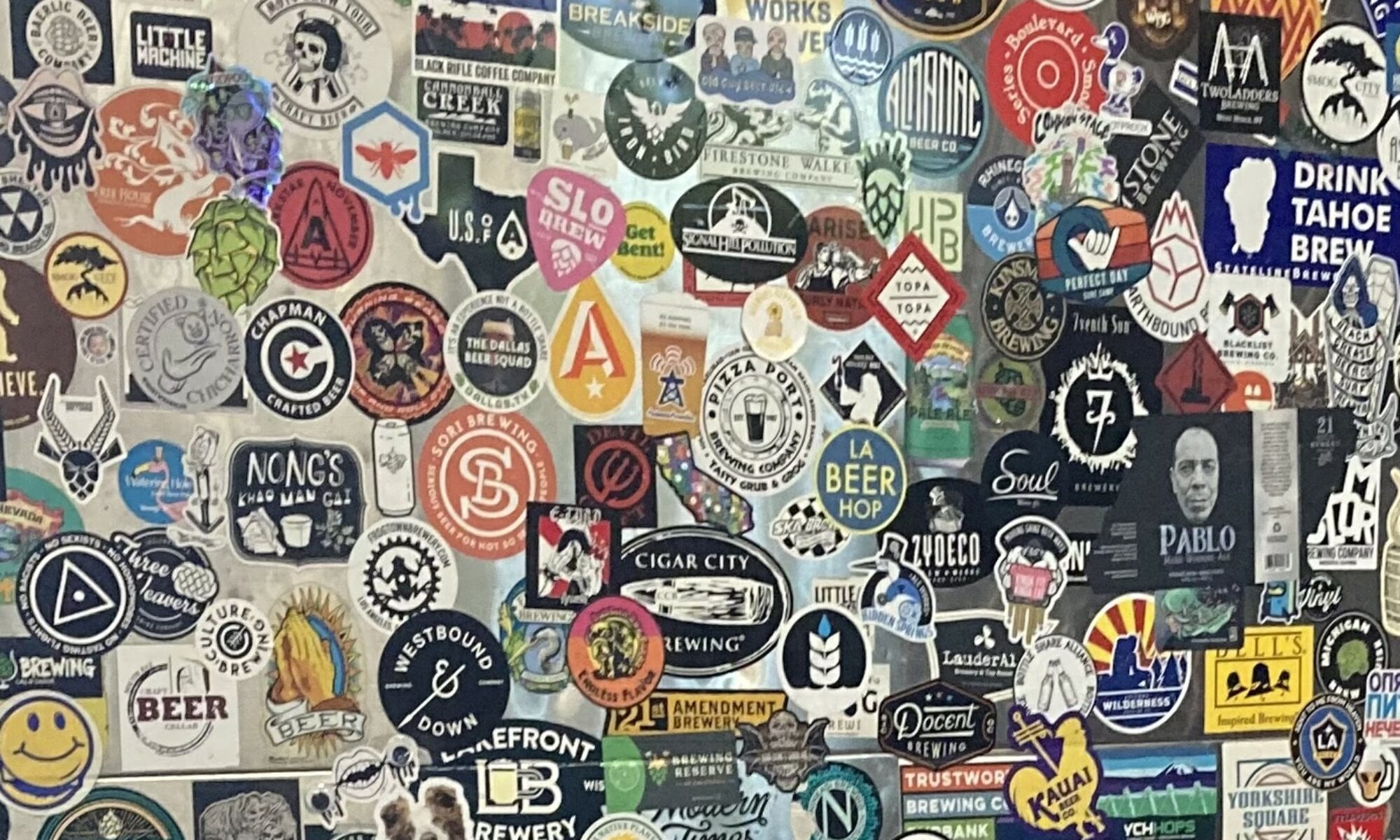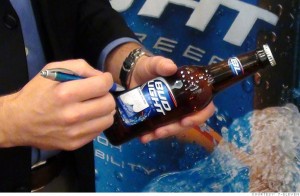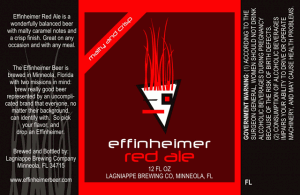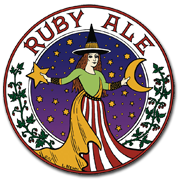
Fifty. Five. Zero. That means something for Canadians… and guys like me in their late forties. It’s the balancing point. The line between passing and failing. Your share of the draw. What topic to pick for such an important moment in beer blogging history?
I posted a few days ago about the topic for this month’s session and gratefully received comments as well as emails in reply. While meta-blogging was discouraged, some themes were there. I like ideas around service, respect and good value. It’s the cornerstone of any healthy consumer-producer relationship as far as I’m concerned. And, interestingly, Mark Dredge wrote a typically well-written post this week that speaks directly to my interest in that intersection between value and obsession. So, based on all of that, here is where I am going: what makes you buy someone’s beer? Elemental. Multi-faceted. Maybe even interesting.
* Buying beer. I mean takeaway. From the shelf to you glass. What rules are dumb? Who gives the best service? What does good service mean to you? Please avoid “my favorite bar references” however wonderful. I am not talking about taverns as the third space. Unless you really really need to and contextualize it into the moment of transaction at the bar. If you can crystallize that moment of “yes” when the bartender is, in fact, tender go for it.
* What doesn’t work? What fad or ad turned you off what had previously been turned on about some beer’s appeal? When does a beer jump the shark? When does a beer store fail or soar? When does a brewery lose your pennies or earn your dimes?
* Go micro rather than macro. You may want to explore when you got tired of “extreme” or “lite” or “Belgian-style” but think about it in terms of your relationship with one brewery rather than some sort of internet wave of slag… like that ever happens.
* What is the most you paid for a great beer? More importantly – because this is not about being negative – what is the least? I don’t mean a gift. What compels you you to say this is the quality price ratio (“QPR”) that works best for you? When does a beer scream “you would have paid 27% more for me but you didn’t need to!”?
Just ideas. I hope you see what I am suggesting. Let me know if not and I maybe can refine it. It’s for the fifty. Half a century. The last real milestone any of us will ever hit.
Check out the responses today HERE
At first, I thought this would be an easy topic. What makes me buy THAT beer? Obviously it is because of….ummm. Then I went back to the question. Then I started to analyze the thought process of why I buy the beer that I do. Then I started researching the beers that I have imbibed this year. Then I found myself at Whole Foods staring at the beer selection for an uncomfortably long time. (I got so caught up with trying to answer the “why” that I haven’t even touched the “why not”)
Suddenly I was in a craft beer choose your own adventure. And confronted with a generous bounty of beer either on tap or bottle, I was often times randomly selecting either something new or an IPA.
That realization was a bit disconcerting because each craft beer purchase is a monetary vote for not only the store or bar you buy at or the brewer who brews it but for the myriad of people in between as well. It is a tacit, if temporary, approval of their work.
Now I’m not going to require anybody or even myself to know every last detail of the beers journey from raw ingredients to the glass before you can enjoy a beer. But I do need to figure out what I deem as most important to the present, past and future of craft beer and reward those brewers and publicans who are on the same wavelength as me with my precious beer money.
Importance can be many things. Too many to list here. For me, I want to support the local breweries and bars as much as possible. I also want to support brewers who take chances and aren’t stagnant. And most importantly, I want to sample a wide swath of beer styles. These items of importance hopefully won’t induce paralysis by over-thinking and will allow for spontaneity.
I could come up with a clever mnemonic device using the word firkin or mash tun to shoehorn my criteria into but instead I am going to go completely ego centric and say that I now (thanks to this session) am going to be more mindful of why I am choosing THAT particular beer.
It may take me a little longer in the store or at the bar now, so I apologize, in advance, to anyone stuck behind me.





